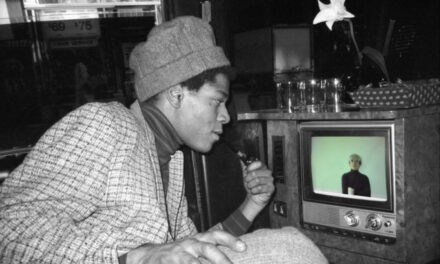Association of Art Historians 2019 Annual Conference, Brighton 4-6 April:
CFP: Stranger Things: Locating design in science fiction and fantasy films
Session Convenors:
Sally-Anne Huxtable National Museums Scotland s.huxtable@nms.ac.uk
Robyne Calvert The Glasgow School of Art r.calvert@gsa.ac.uk
Session Abstract
This session seeks to explore the interaction of histories of design and architecture with the genres of Science Fiction and Fantasy, within the expanded fields of film and television. From the aesthetic influence of German Expressionist art on The Cabinet of Dr Caligari (1920), to the recent display of Afrofuturism in Black Panther (2018), these genres have long taken visual inspiration from art and design movements. Looking beyond artistic influences and collaborations for costume and set, this session will examine particular objects and spaces not designed specifically for film that are deployed for the visual expression of fantastic narratives (for example, the furniture of Charles Rennie Mackintosh in films like Blade Runner (1982) and Inception (2010); or that of Carlo Bugatti in Alien Covenant (2017)). Does the materiality of such objects express properties of ‘the other’, or convey subconscious narratives that help set the visual tone (such as discomfort, or anthropomorphism)? Can their use disrupt traditional narratives of time and space?
We are particularly interested in papers looking across the work of designers whose work frequently appears in science fiction and fantasy. We are also curious about indirect influences, such as the inspiration taken from the architecture of Frank Lloyd Wright and Arthur Charles Erickson to create separate visual identities for the kingdoms in Game of Thrones (2011– present); and converse situations where such worlds might have influenced design practice. Papers are welcomed from multiple disciplines, and may also be focused on visual or material culture, or any related field.
To offer a paper
Please email your paper proposal direct to the session convenors, details above.
Provide a title and abstract (250 words maximum) for a 25-minute paper, your name and institutional affiliation (if any).
Please make sure the title is concise and reflects the contents of the paper because it will appear online, in social media and in the printed programme.
You should receive an acknowledgement of receipt of your submission within two weeks from the session convenors.
Deadline for submissions: Monday 5 November 2018
Contact Info:
Sally-Anne Huxtable (National Museums Scotland) s.huxtable@nms.ac.uk
Robyne Calvert (The Glasgow School of Art) r.calvert@gsa.ac.uk





